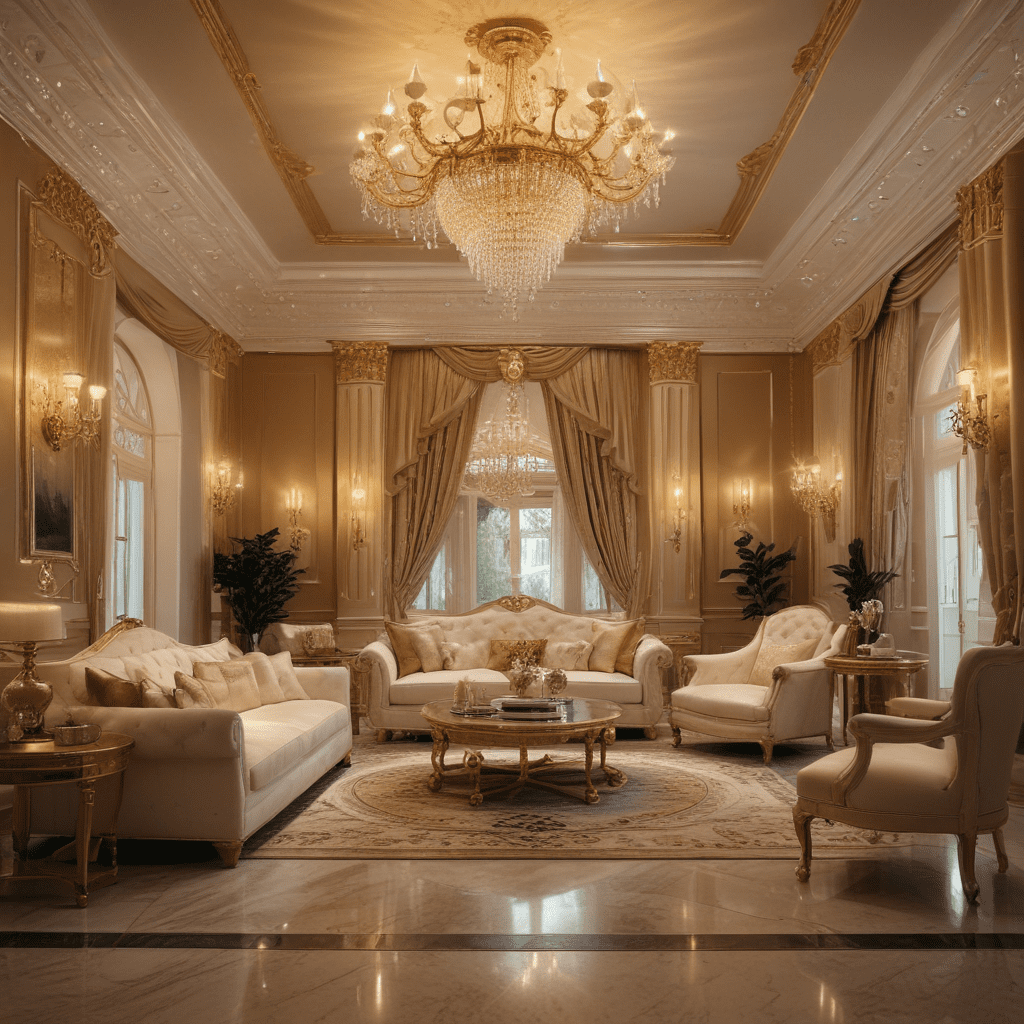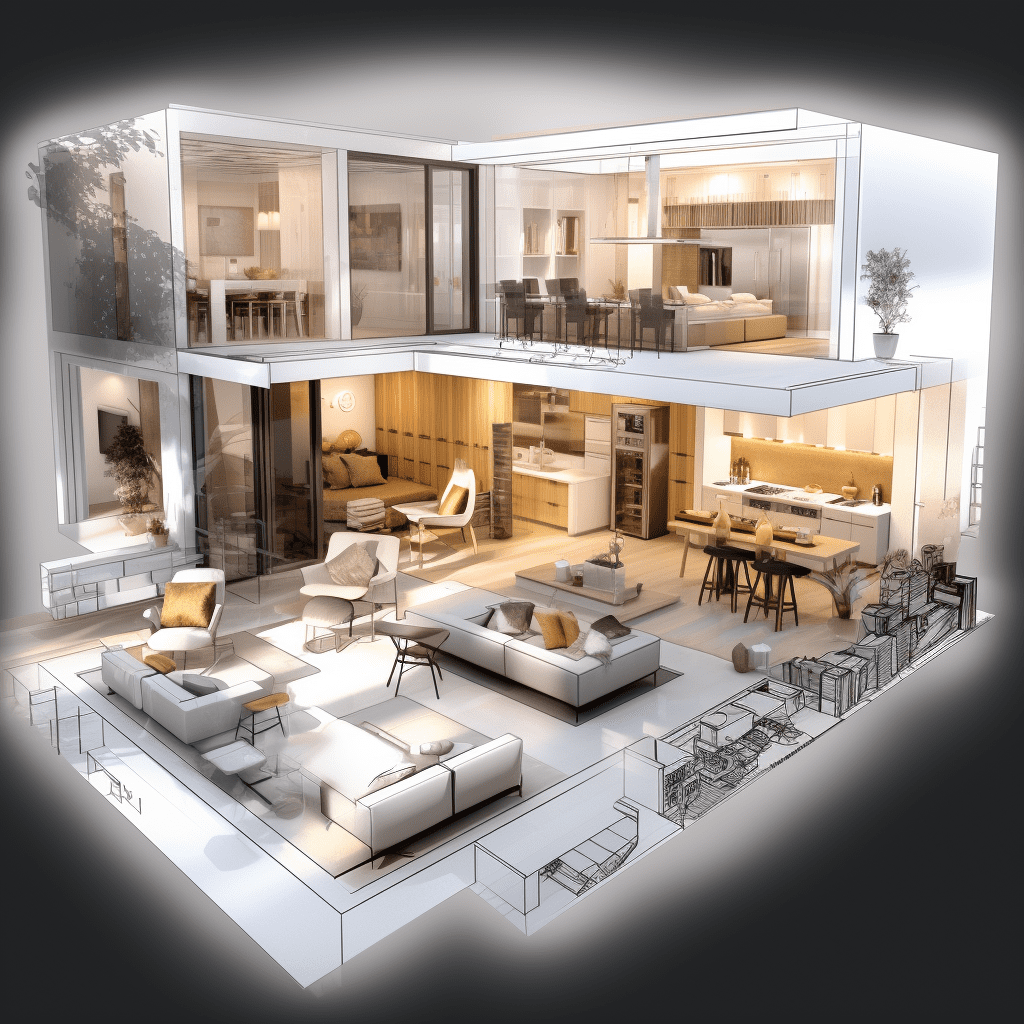Sustainable Design – the Art of Creating Products and Environments that are Harmless to the Environment


Sustainable Design – the Art of Creating Products and Environments that are Harmless to the Environment
Introduction
In a world increasingly focused on minimizing our environmental footprint, the allure of sustainable design has never been more prevalent. The art of interior design weaves together aesthetics and functionality, creating harmonious living spaces that comfort the soul and delight the senses. Yet, beyond beauty and utility lies a profound responsibility—to design with the well-being of our planet in mind. As stewards of the environment, we have the power to shape our homes, workplaces, and public areas into sanctuaries that honor and preserve the natural world. This philosophy is the cornerstone of sustainable design, an approach that champions materials, methods, and practices that contribute to a healthier environment and a brighter future.
Key Elements of Sustainable Design
Transforming your living space into a bastion of sustainability doesn’t have to be daunting. Here are some key elements to consider:
- Eco-Friendly Materials: Choose materials that are renewable, recycled, or have low environmental impact. Examples include bamboo, reclaimed wood, and recycled metal or glass.
- Energy Efficiency: Opt for appliances and fixtures that save electricity, such as LED lighting, Energy Star-rated devices, and low-flow water fixtures.
- Indoor Air Quality: Prioritize non-toxic paints and finishes, as well as furniture and flooring that don’t release harmful volatile organic compounds (VOCs).
- Biophilic Design: Incorporate natural elements into your interior design to connect inhabitants with nature, using plants, natural light, and materials like stone or wood.
- Waste Reduction: Implement design choices that encourage recycling and reduce waste, like modular furniture and durable goods that stand the test of time.
Tips for Sustainable Design
Choosing furniture and décor for your space while keeping sustainability in mind is an exercise in balance and creativity. Here are some tips to guide you:
- Scale and Proportion:
- Select furniture relative to the size of your space to avoid overcrowding and maintain a sense of openness.
- Functionality and Longevity:
- Invest in high-quality pieces that are both useful and durable. Classic styles tend to have a longer life span than trendy items.
- Multipurpose Pieces:
- Look for furniture that serves multiple functions, reducing the need for additional items and resource consumption.
- Local Sourcing:
- Support local artisans and manufacturers to reduce transportation emissions and contribute to the local economy.
- Certified Sustainable Products:
- Seek out certifications like FSC (Forest Stewardship Council) for wood products to ensure they come from responsibly managed forests.
FAQ about Sustainable Design
Question 1: What are the benefits of adopting sustainable design in my home?
– Answer: Embracing sustainable design can significantly reduce your environmental impact, improve indoor air quality, and create a healthier living space. Additionally, it can lead to cost savings through energy efficiency and longevity of furnishings.
Question 2: How do I ensure the materials I choose are sustainable?
– Answer: Research products and materials before purchase, looking for certifications and the company’s sustainability practices. Opt for natural, renewable, or recycled materials whenever possible.
Question 3: Can sustainable design still be stylish and current with trends?
– Answer: Absolutely! Sustainable design prioritizes timeless aesthetics and high-quality craftsmanship, both of which are always in vogue. Plus, many sustainable materials offer unique textures and finishes that can elevate your space’s style.
Question 4: Is sustainable design more expensive than traditional interior design?
– Answer: While some eco-friendly products may come with a higher initial cost, the long-term savings from energy efficiency and durability often offset the upfront investment. Additionally, there are sustainable options available at various price points.
Question 5: How does sustainable design contribute to energy efficiency?
– Answer: It includes selecting appliances and fixtures that use less electricity, integrating smart home technology to regulate energy use, incorporating passive solar design principles, and using thermal insulation to maintain indoor temperatures.
Incorporating sustainable design into interior spaces is not just a trend; it’s a necessity for preserving our planet for future generations. This approach marries style with sustainability, ensuring that the beauty of your space is matched by its regard for ecological balance. With careful planning and thoughtful selection of materials and practices, you can create an environment that reflects both your personal style and your commitment to the Earth’s welfare.





